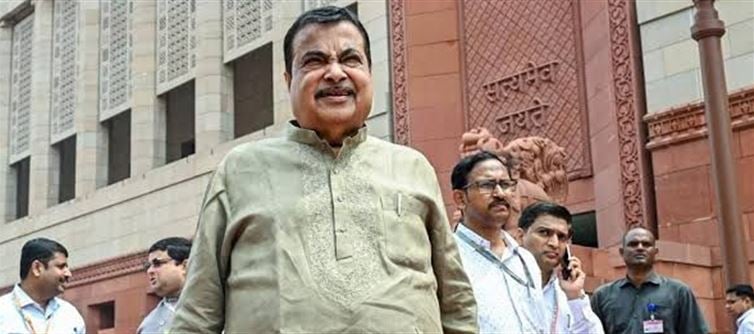
However, Gadkari’s bold assertion quickly became fodder for online satire. social media users, particularly on twitter and Reddit, poked fun at the minister, dubbing him the “human version of LinkedIn.” The jab suggests that while his speeches are often packed with inspiring, visionary language, they sound more like motivational posts than actionable roadmaps.
One netizen quipped that he “keeps talking about things that sound profound and futuristic, but in reality, can’t even write a simple hello World program”—a metaphor for the gap between lofty rhetoric and practical execution.
This episode highlights the double-edged nature of visionary politics. On one hand, leaders like Gadkari succeed in sparking conversations about innovation and sustainability, planting seeds for long-term transformation. On the other, repeated promises of a techno-utopian future, without tangible timelines or grounded roadmaps, invite skepticism and ridicule. In an age where citizens are quick to filter political claims through humor and memes, Gadkari’s “LinkedIn-style” declarations serve both as aspirational talking points and easy targets for internet trolling.




 click and follow Indiaherald WhatsApp channel
click and follow Indiaherald WhatsApp channel